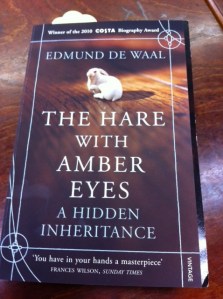 How did Cinderella get into her stepmother’s house in the first place? If you’ve ever asked yourself this question, then this book is for you. The Witch and the Baby Princess by David Rich is a fun, action packed explanation of Cinderella’s background along with the events that led up to the whole stepmother scenario.
How did Cinderella get into her stepmother’s house in the first place? If you’ve ever asked yourself this question, then this book is for you. The Witch and the Baby Princess by David Rich is a fun, action packed explanation of Cinderella’s background along with the events that led up to the whole stepmother scenario.
More than just a prequel, however, this book is meant as a story for kids and parents to share. The author, an avid reader, active storyteller and involved father, didn’t want to just hand his daughters a book – he wanted to create something he could share with them and that they could read together, which is exactly what he has done.
This book does not have a big, glossy cover or thousands of pictures with a few words on each page. This is a full-on, meaty story. Oh, it has a bunch of really adorable illustrations, but that’s not the focus here. The focus is the story itself. It is meant for a parent and a child to sit down and read together. There are words in it that a child under twelve is not going to understand. There are concepts such as the shades of grey between good and evil, which parents should be excited to discuss with their children. The book is rife with big, tough topics such as friendship, love, beauty, goodness, envy, and expectations that are designed to spark good talks between children and the adults who love them.
What Rich has done is created a springboard for parents so that topics that can be hard to broach for adults and harder for kids to understand, become gentle and accessible for both parties.
The story itself is quaint, sweet, and lovingly told. In a land far away, a baby is born to a great witch, but the queen of the fairies does not want the baby to be evil and instills in the young girl a conscience and a particle of free will. What the child grows up to do and become, and how she uses her gifts in the context of her parents’ expectations of her becoming an evil witch, is the crux of the story. It’s easy to see how the idea of parental expectation is juxtaposed against the personality of the child – good lessons for parents and children alike. The characters are drawn with great care and attention to detail. At any moment I could “see” each person and the location as well due to the strong and exhaustive descriptions that only add, not detract, from the plot itself. Emotion is tended to with care and the plot moves along with a mix of action and feelings.
In a world where the bonds between children and their parents have become increasingly fractured, kudos to David Rich for creating a lovely story, as well as something to serve as a binder of families.






